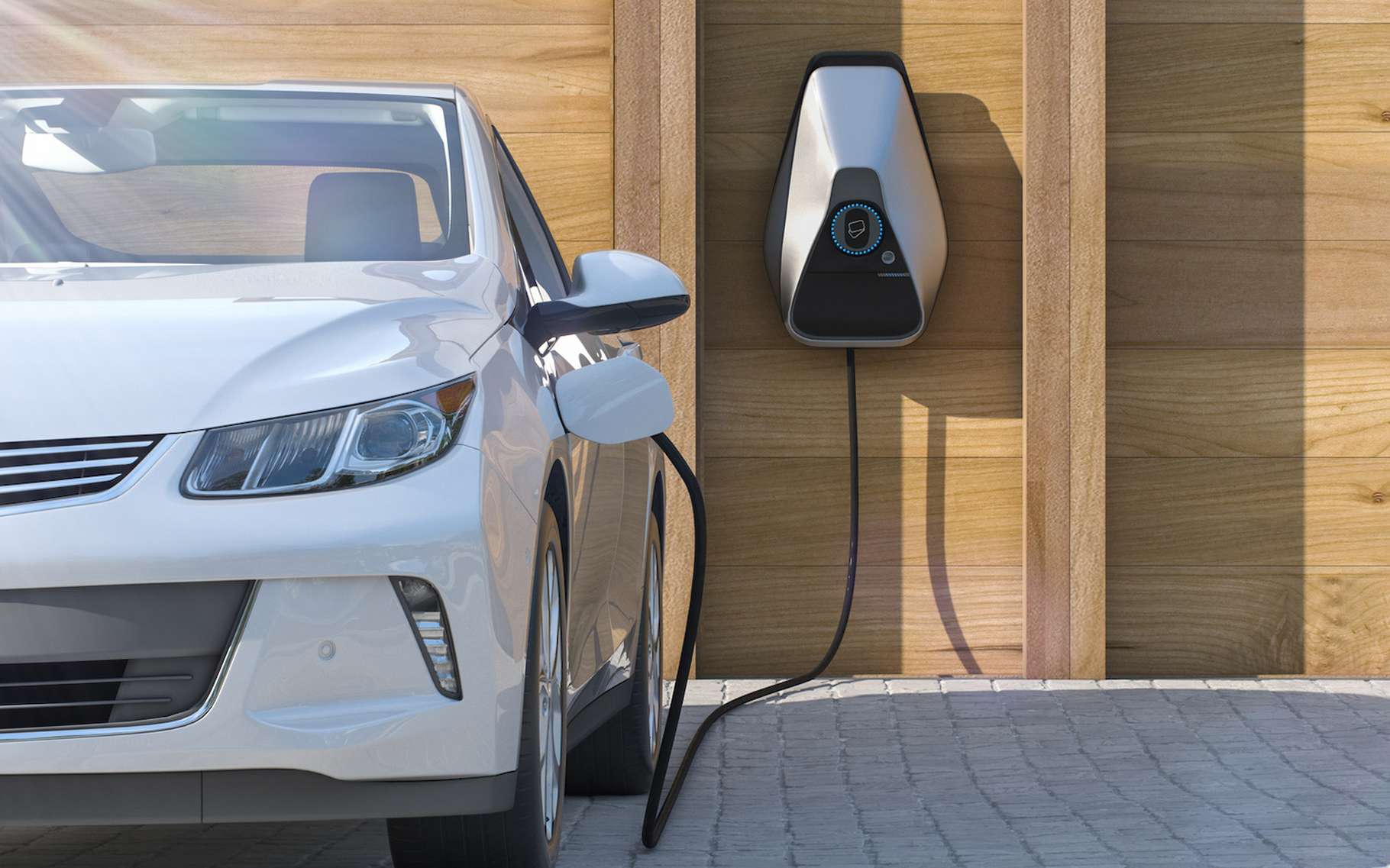On the one hand, there are electric cars. More and more on the road networks. On the other hand, there is renewable energy. The challenge in terms of low carbon mobility is to make the link between the two. Thanks in particular to smart charging.
Until 22 September 2019, Frankfurt (Germany) hosts the International Motor Show. A show marked this year by a clear increase in the supply of electric vehicles. A sign that builders are ready to take the turn of electric mobility. But on the consumer side, the thorny issue of charging still remains on everyone’s lips. Motorists expect speed or failing at least efficiency.
And this efficiency, they might find it in smart charging, understand the intelligent charge of their electric car. The principle: leave it to intelligent solutions to automatically start charging the battery of his vehicle at the best times of the day. When the driver is in the office for example. Or when the price of kWh appears the most competitive. What to ensure savings and flexibility.
Flexibility which, in the context of energy transition, also responds to the new difficulties encountered by the managers of the electrical system. Indeed, they must learn to integrate more and more sources of renewable energy. Solar and wind sources, essentially, all the more difficult to manage that they are, by nature, intermittent. However, the very idea of smart charging is to adapt to its electrical environment and charge the batteries based on, for example, local renewable production.

V2G, a smart charging 2.0 and a revolution in electric mobility
And in the near future, a new evolution of technology could revolutionize the landscape a little more: the Vehicle To Grid or V2G. Nissan and the EDF Group make no mistake. They have just signed a cooperation agreement to develop such smart charging solutions by combining the technologies of both entities.
Because thanks to the V2G, the energy flows could start to circulate as well from the electrical system towards the vehicles as from the vehicles towards the system. A small part of the energy accumulated at a given moment in the batteries of many electric cars– who, it must be remembered, spend the majority of their time in parking – may serve, a little later, to power a house, an entire building or even the electrical system.